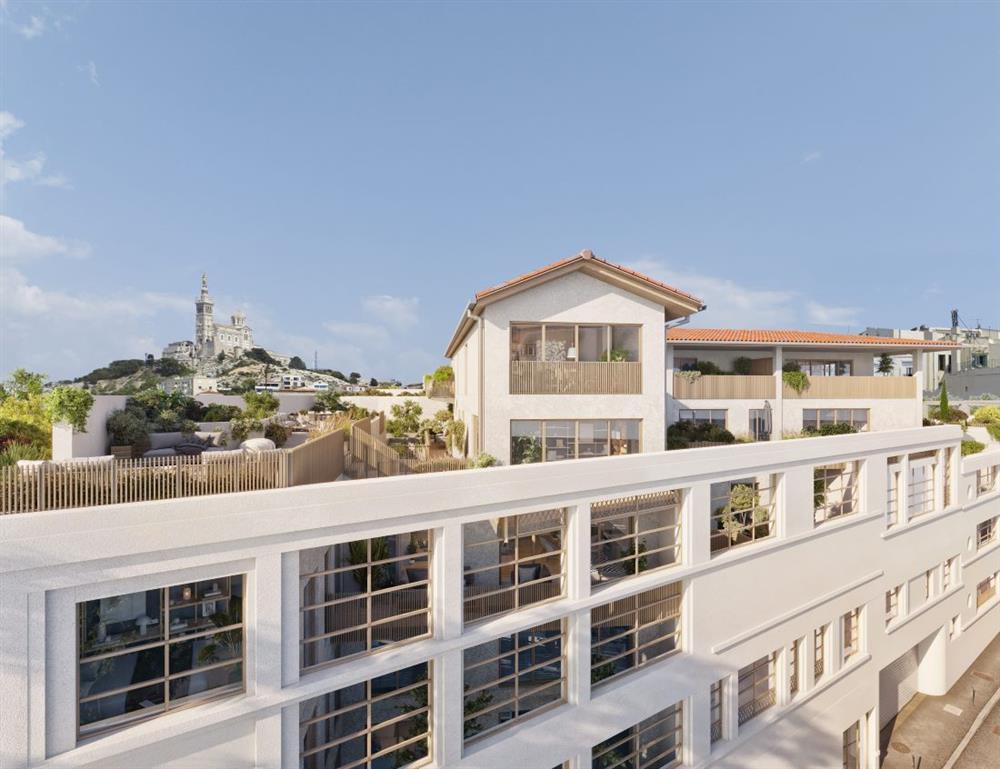The bridge loan is still present in around 8% of the files handled by the Cafpi real estate loan brokerage network. A proportion which has not weakened for 1 year despite the sharp rise in interest rates and above all the reversal in real estate prices which calls for vigilance on this type of arrangement.
The bridge loan remains the easiest solution when you want to change your main residence by buying, for example, a house before having sold your current apartment without going through the intermediate stage of renting. ” Very concretely, it allows the release of funds allowing the purchase of a new property, even though the initial property has not yet been sold.e”, recalls Cafpi.
Two years maximum
The bridging loan remains a particular mode of financing which meets very specific rules. Its duration is one year, renewable once. The buyer therefore has two years to sell his home but no more, knowing that transaction times are now close to 3 months on average depending on the region. ” This additional time to sell your initial property is a real breath of fresh air, especially since we are currently on a wait-and-see market, with longer selling times. », explains Caroline Arnould, Cafpi Development Director.
Be careful, the bank will not lend you the amount you want: the amount of the bridging loan is generally limited to around 70% of the value of the property offered for sale. It can also get complicated if you have not finished repaying the loan for this property because in this case, the outstanding capital will be deducted by the bank.
The capital is only repaid at the end
The big advantage of the bridge loan is also that the capital is not reimbursed during its duration (2 years maximum) but only its interest. This therefore makes it possible not to combine the amortization with that of the loan which will complete the financing of the new accommodation. The banks, however, charge slightly higher rates than a conventional mortgage (between +0.20% and 0.30% more expensive according to Cafpi) and also often charge higher administrative fees. Finally, borrower insurance must be taken out as with a conventional loan. In the same way, warranty costs will have to be paid.
Of course, the borrower’s income, his debt ratio but also the chances that his property for sale finds a buyer at the displayed price are meticulously analyzed by the bank before granting a bridge loan.
Once the client has sold his property, the bridge loan is repaid without penalties (there are no early repayment penalties). The bridging loan therefore works like an in fine loan: only the interest on the loan and the borrower’s insurance are to be repaid during its term, then when the initial property is sold, the capital must be fully repaid.
The bridge loan can quickly become expensive
To limit costs, it is of course necessary to repay the bridge loan as quickly as possible and therefore not waste time with the sale of its initial property. Because if you only repay the interest of the bridge loan every month without amortization of the capital, the monthly installments can quickly increase depending on the amount borrowed. With an interest rate of 4%, a bridging loan of €150,000 will cost, for example, at least €500 per month. For a bridge loan of €300,000, it will be more than €1,000 per month.
Some banks may, however, offer a deferred payment allowing interest to be paid only at the end of the credit. This makes it possible to reduce the monthly payments during the initial period but should not make us forget the high cost of the bridge loan. The deferred payment of interest is also not free because in this case, the capital is inflated each month with interest not paid the previous month, so that the overall cost will be slightly higher.
Above all, do not overestimate the value of your property
The bridge loan therefore remains a fairly complex operation that requires maximum precautions. The most important thing is not to overestimate the value of your current residence and it seems necessary today to integrate a margin of negotiation. Otherwise, the sales period would be extended and the monthly charges heavier. This could also jeopardize your financing since it is calculated according to the estimated value, or even in extreme cases lead to over-indebtedness if the property is not sold within two years.
Example
A couple wants to sell their apartment in the Paris region, estimated at a minimum of €400,000 net seller, to buy a house in the provinces for €500,000. Their income does not allow them to borrow €500,000 directly and they are afraid of missing out on the house they want if they wait until they have sold their apartment. As the credit for the apartment has already been fully repaid, this couple will be able to obtain a bridging loan of €280,000, but this will cost them around €1,000 per month with insurance on the basis of a rate of 4%. They will have to take out a new loan of €220,000 for the purchase of the house, assuming that the transfer duties paid to the notary (around €40,000) are financed using their savings.
